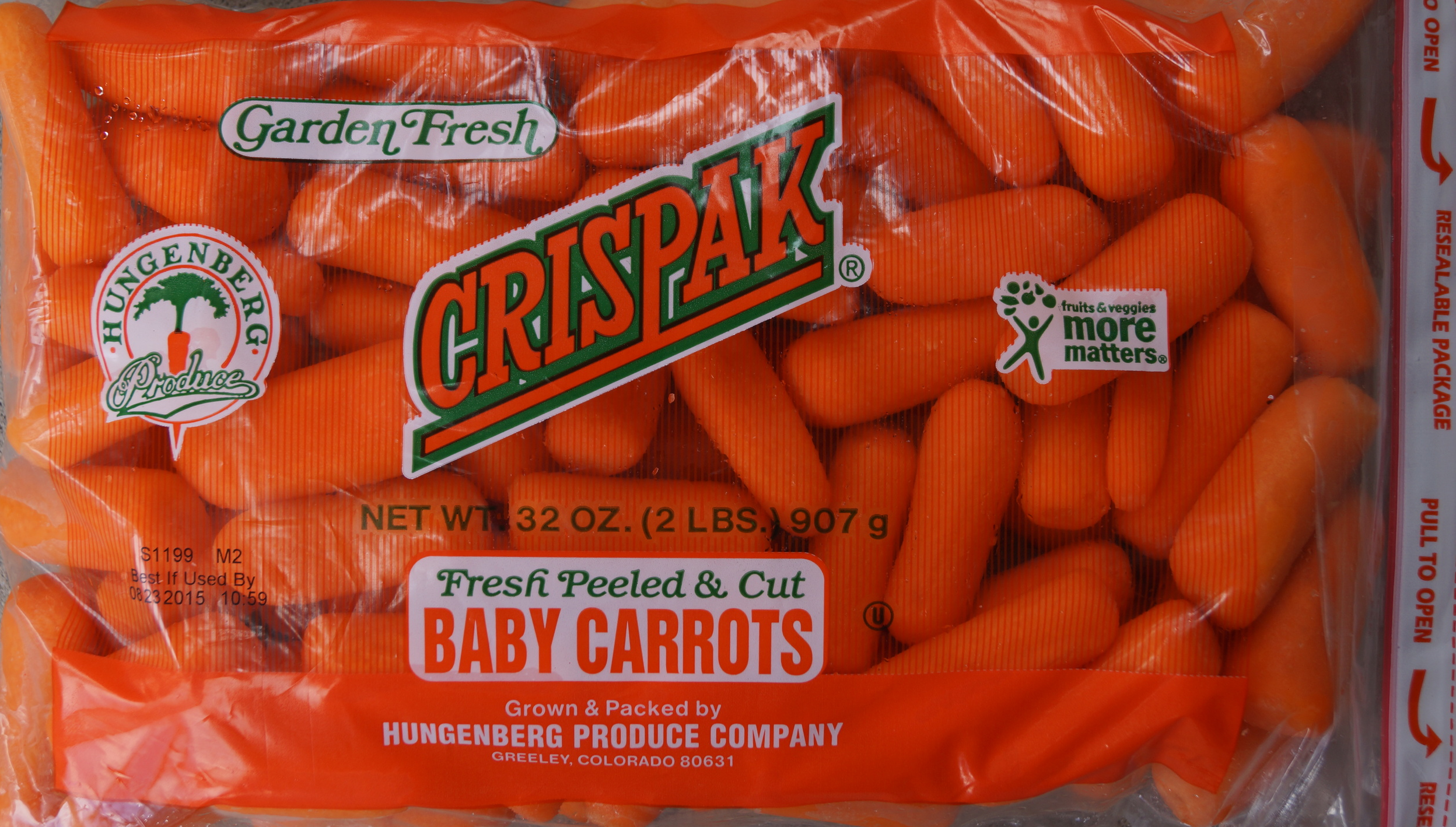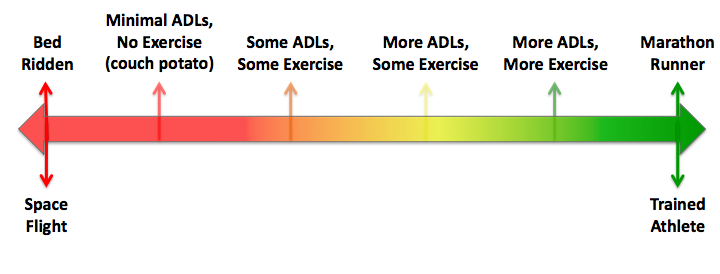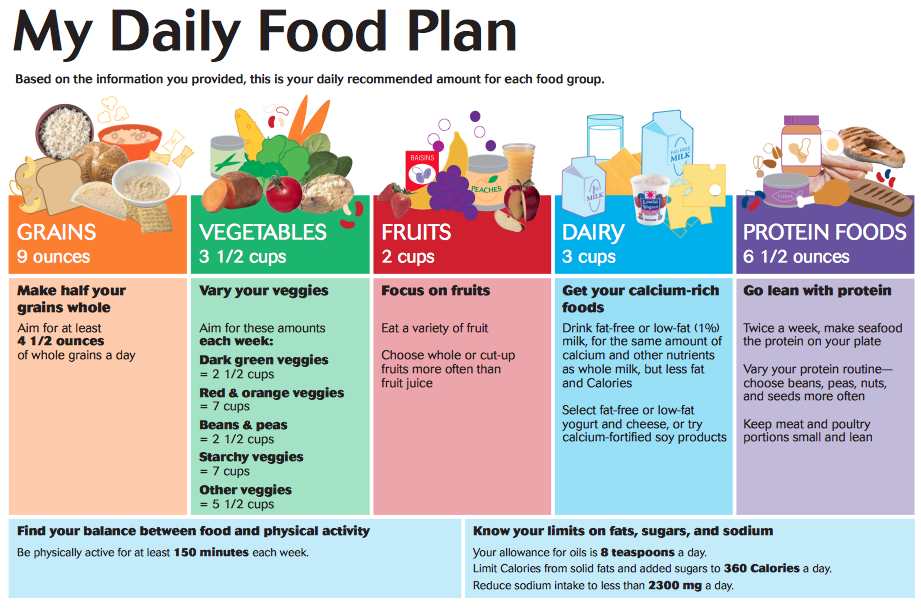The first four search results indicate that your friend or trainer (or the internet) who told you dairy wasn’t good for you was right. However, the scientific community, by enlarge, has come to the opposite conclusion!
Dairy consumption actually reduces inflammation! In a recent cross-sectional study individuals consuming >2 servings/dairy/day had concentrations of molecules associated with inflammation in their blood between 10 and 30% lower than individuals consuming <1 serving/day (2). Now to be fair, there are studies for and against dairy’s role in promoting inflammation; however the majority of systematic reviews of this issue demonstrates that dairy actually improves your inflammatory profile by lowering inflammation, not raising it (1, 3, 4).
The reasons why dairy may actually improve your inflammatory profile are complex and poorly understood but may be due to the calcium, magnesium, vitamin D or other yet undefined proteins found in dairy products.
So the bottom line is, if you currently eat dairy, keep eating it. If you don’t like dairy or can’t eat dairy don’t worry, there are other foods you can eat to obtain the nutrients you would otherwise consume by eating dairy. Dairy and inflammation? Keep worrying about your real problems and don’t waste your energy on those that are pretend.
Myth #3:
Processed food is junk food and should not be eaten: A recent review article on processed food posed the question, “Is ‘Processed’ a Four-Letter Word?...” (5).
This question is indicative of the stigma that processed foods conjure up when discussed by many health conscious Americans. In response to the term “processed” food, some health conscious Americans are prone to saying things such as
“I would never allow my children to eat processed foods.”
“Processed foods contain dyes, additives, adulterants, and chemicals harmful to you or your children.”
“You should only be eating whole, natural foods.”
Yes, I agree that we should all be eating whole, natural foods but not all of us have the taste, time, culinary skills, or budget to prepare and eat only whole, natural foods. Processed food, like virtually every nutrition topic, is not black or white, 1 or 0, yes or no. There is a certain amount of gray area in the discussion of nearly every “processed” food’s nutritional content.
There is a difference between processed food and what you would call “junk food” and not all processed food should be considered junk food. Yes, Doritos, Cheetos, soft drinks, cakes, and cookies are junk food as they deliver essentially ZERO nutritional value but what about cereal, pasta, bread, fortified products, canned beans, and canned fruits and vegetables? These foods have been considerably processed and are far from their native, natural state, yet in many cases, are vital contributors to the nutritional quality of the typical American’s diet.
When we dissect an American’s diet between the years 2003 and 2008 on the basis of the 2010 Dietary Guidelines for Americans (6), we see that processed foods contributed
- 55% of dietary fiber
- 48% of calcium
- 43% of potassium
- 34% of vitamin D
- 64% of iron
- 65% of folate
- 46% of vitamin B-12
These nutrients are extremely important to our health and processed foods contributed to greater than 50% of several of them. On the other hand, processed foods also contributed to
- 57% of total calories
- 52% of saturated fat
- 75% of added sugars
- 57% of sodium
Whether a food comes in a can, is frozen in a bag, is far removed from its original state (cereal), is dried, fortified, or enriched, processed foods contribute a considerable amount of nutrition to the American diet. Without food processing and food fortification many Americans would not meet their dietary goals. Processed food doesn’t necessarily mean junk food. Processed food that is nutrient dense (tightly packed with nutrients) is NOT junk food. Junk food is food that is calorie dense (tightly packed with calories) and not nutrients.
Before you stigmatize someone for telling you they recently ate a “processed” food, consider whether that food was nutrient dense or calorie dense. Is processed food a four letter word? I don’t think so.
myth #4:
To lose weight you should eat 5-6 small meals a day. If you have ever stepped foot in a gym I think you have probably heard this line before, “The best way to boost your metabolism and lose weight is to eat 5-6 small meals/day”. The theory behind this nugget of wisdom is that your metabolism increases each time you consume a meal and decreases in between meals.
To keep your metabolism “firing” it is best to spread your meals out throughout the day to take advantage of this increase in metabolism with meal consumption (known as the thermic effect of food).
But is this story really true?
Let’s dive into this issue by first examining the driver of weight gain or weight loss, energy balance.



























